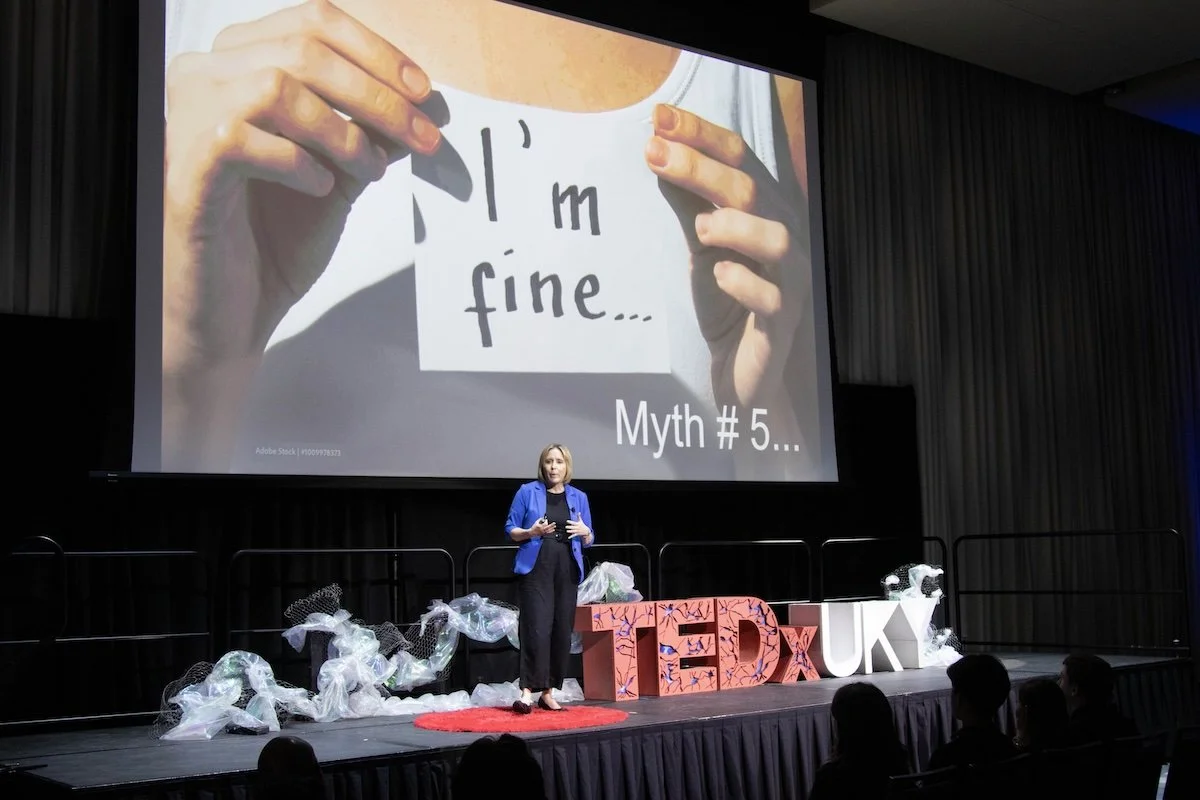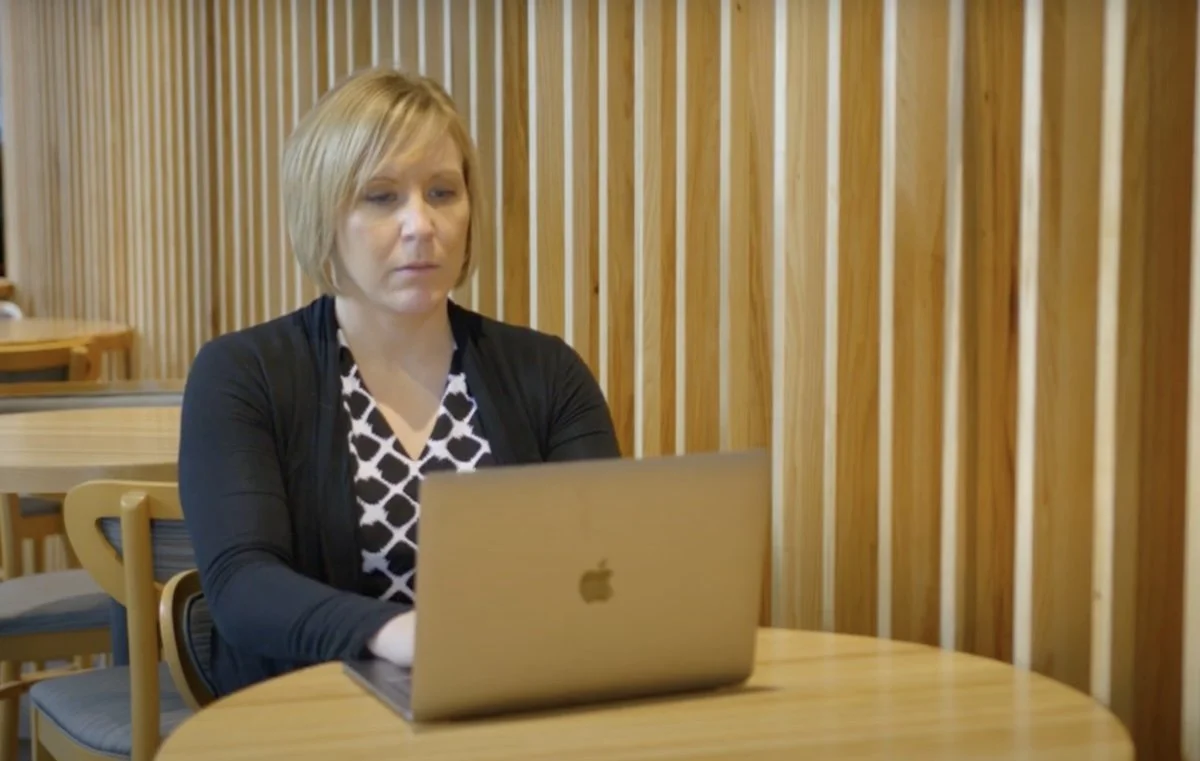We Can’t Heal What We Don’t Name: Why I Spoke Out About Rape Culture
Giving this talk meant confronting the myths I’ve heard for over 15 years as a therapist, researcher, and advocate. It also meant stepping into a moment I’d dreamed about—speaking hard truths on a red dot.
Why I Applied for a TEDx Talk About Rape Culture
I didn’t always love public speaking.
At first, it made me nervous. My voice would shake. I wasn’t sure if I was doing it “right.”
How I Found My Voice
No one taught me how to teach. I just stumbled through, class after class, until I found something that clicked:
When I talked about things I truly cared about, people listened.
That’s when everything changed. I found my voice—and a purpose behind it.
For years, I dreamed of giving a TED talk. Of standing on that red dot and sharing an idea worth spreading.
So when the opportunity came to apply to speak at a TEDx gathering, I said yes.
Even though I was burned out.
Even though I was already stretched thin.
Even though I had no idea how I’d make time for it.
I was drowning in deadlines. Caught in the never-ending pressure of academic life. I had been trying to make room for public education work for years—but it always got pushed aside.
Why I Said Yes
Sometimes the hardest stories to tell are the ones we know best. Writing my TEDx talk meant revisiting everything I’ve learned from years of walking alongside survivors—and putting it into 18 minutes of truth.
This message couldn’t wait.
I’d spent the last 15+ years working with survivors of sexual violence.
In therapy rooms. On crisis lines. In classrooms. Leading research teams.
I’d sat with people sharing their story for the first time in decades. I’d worked with children and families healing from abuse—learning to build full, meaningful lives that wern’t defined by what happened to them.
And I’d spent the last three years serving on the board of a rape crisis center—because staying connected to this work on the ground matters to me.
These experiences shaped who I am. They showed me how much pain people carry—and how deeply they want to heal.
I’ve also seen the patterns:
How our culture downplays sexual violence.
How myths and stereotypes keep survivors silent.
How shame gets handed to the person who was hurt, instead of the person who caused harm.
That’s why I gave this talk.
The Message That Couldn’t Wait
We need to talk honestly about sex.
About the good, the confusing, the awkward, and the unsafe.
We need to teach young people about consent—not just as a rule, but as a conversation. We need to help them feel safe asking questions. Naming boundaries. Speaking up.
And we need to say clearly—over and over again, if we have to:
It wasn’t your fault.
Not because of what you wore.
Not because you trusted someone.
Not because you froze or didn’t fight back.
It. Was. Not. Your. Fault.
Giving this talk was one of the hardest things I’ve ever done.
It was 18 minutes long. Memorized.
I practiced in the shower.
While sweating on my Peloton.
In front of the mirror.
Whispered it to myself late at night.
Repeated it to my husband again and again until the words felt like they lived in my body.
I wanted to get it just right.
What We Need to Say
I knew this talk had to do two things:
Tell the truth—clearly and unapologetically.
Leave people with something they could do next.
Not guilt. Not helplessness.
Real steps. Real hope. A way forward.
Because we can’t change a culture we’re afraid to talk about.
And we can’t support survivors if we’re still stuck in silence and shame.
Giving this talk wasn’t about being fearless.
It was about telling the truth—even when it’s hard.
It was about speaking anyway.


